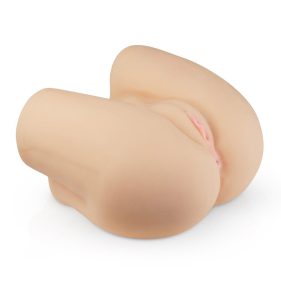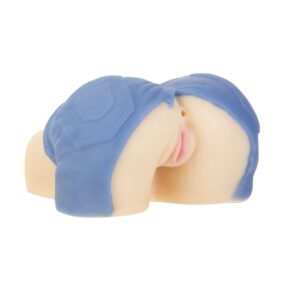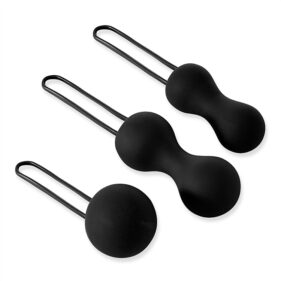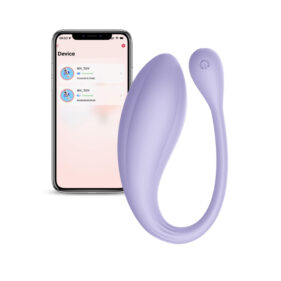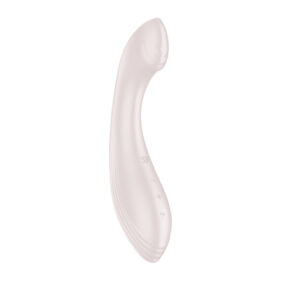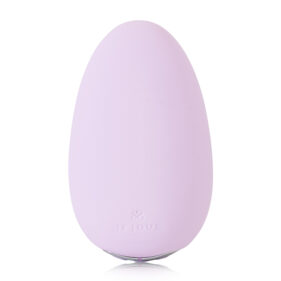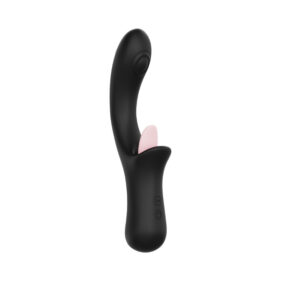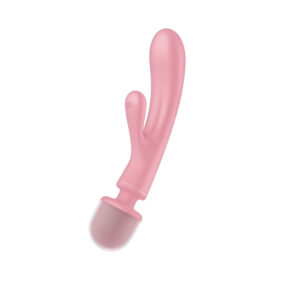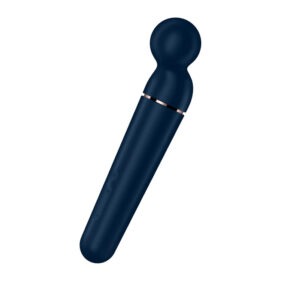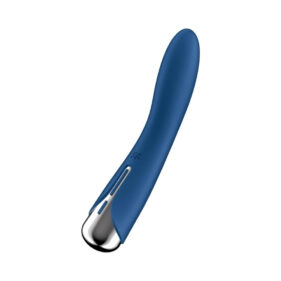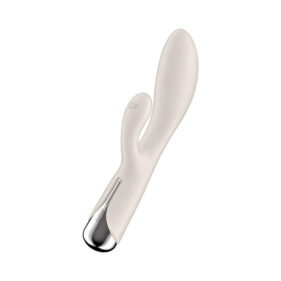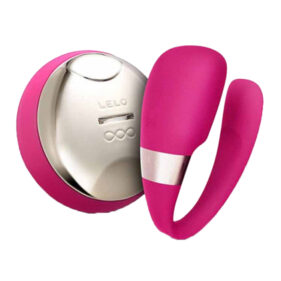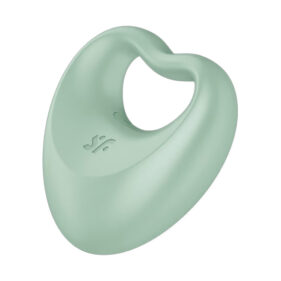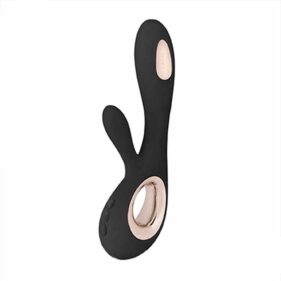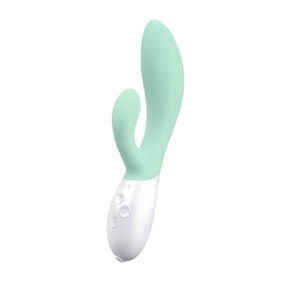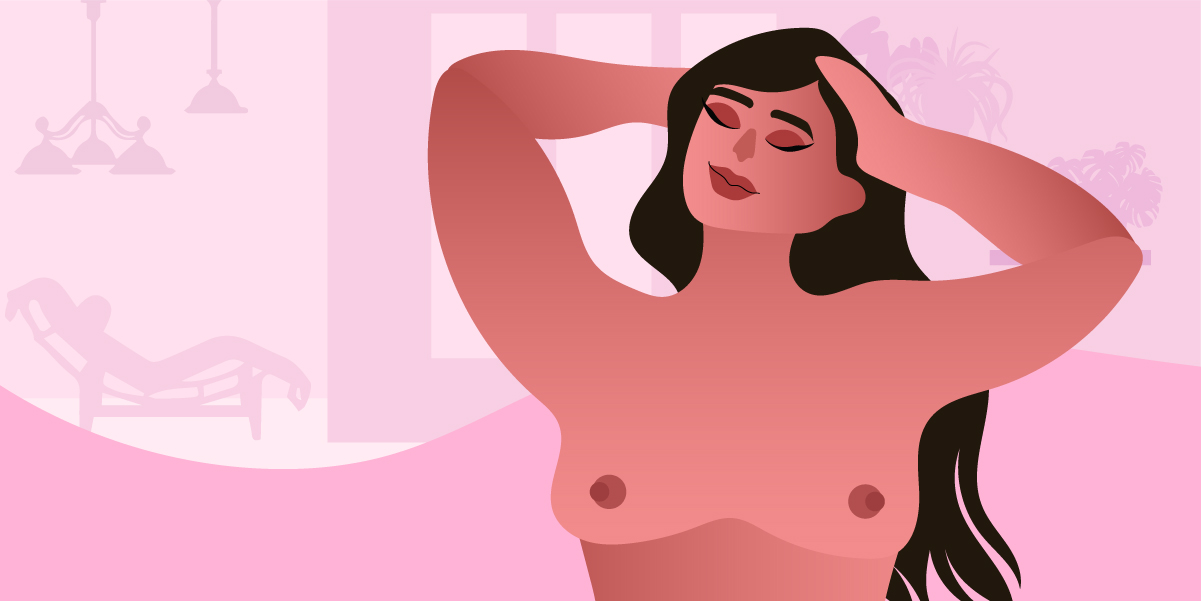
Disclaimer: This vaginal atrophy article is meant to provide basic information on the said condition. We’ve linked the health articles and studies on some of the statements on this feature. No content from this feature should ever be used as direct medical advice; always consult your healthcare provider before trying any remedies or treatment on this guide.
When women talk about menopause, a stage occurring twelve months after their last period, they usually discuss their challenges with hot flashes, night sweats, weight gain, mood swings, and insomnia.
However, there’s one major symptom that they usually shy away from due to its taboo nature: vaginal atrophy. It’s the thinning and inflammation of vaginal tissues due to the loss of estrogen, affecting not just a woman’s sexual activities but also their urinary functions. This then results in a distressing daily routine and/or disrupted sex life.
That’s why we’ve created this guide, as this condition can be life-changing for some women that are about to go through menopause. By knowing what vaginal atrophy is, you’ll be able to manage this condition with ease and even work through preventing it.
For today’s article, we will be discussing what vaginal atrophy is— from symptoms to treatment. We’re also going to answer some frequently asked questions about this condition, so make sure to stay tuned for that.
What is Vaginal Atrophy?
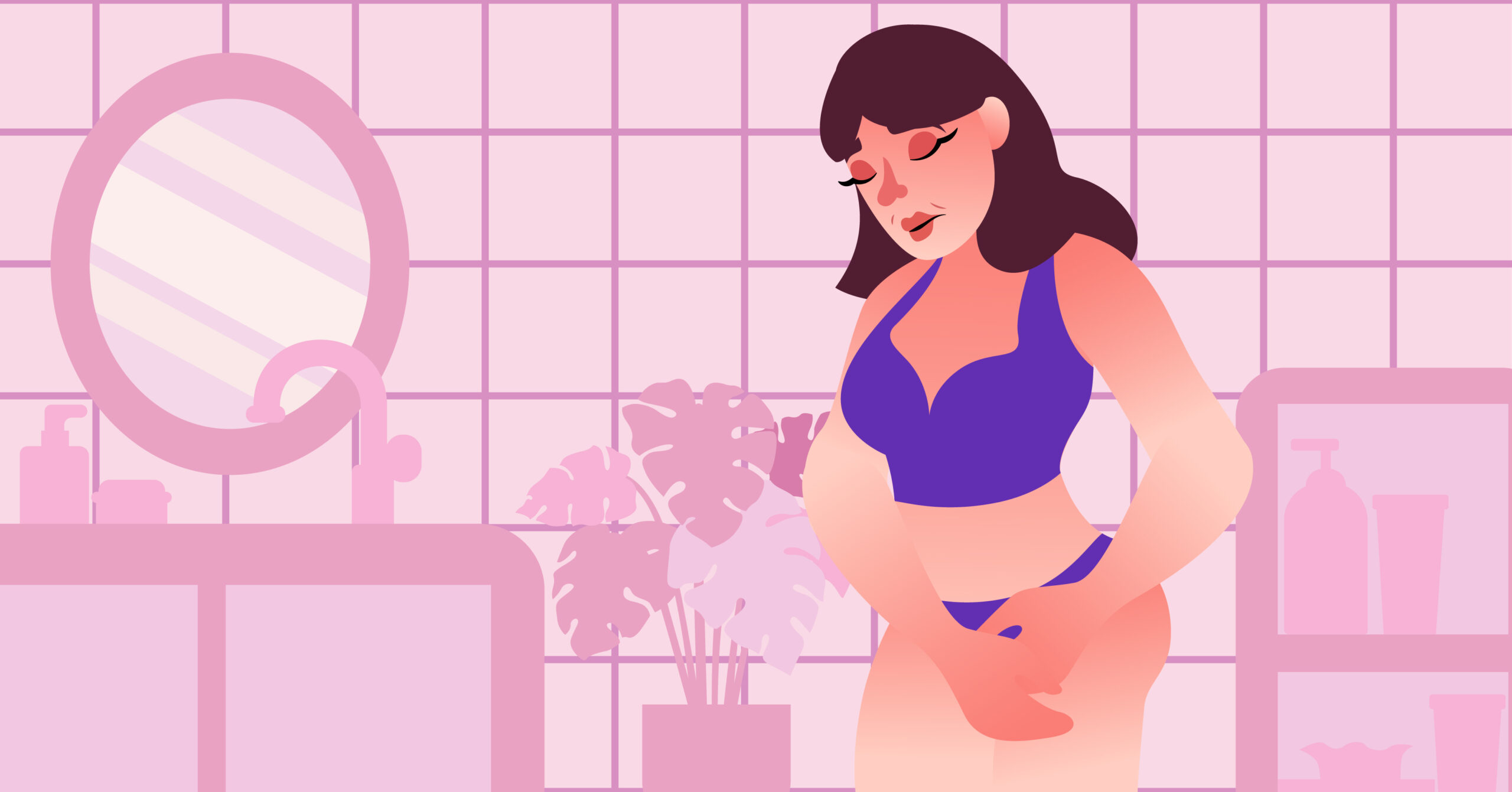
Vaginal atrophy is the deterioration of vaginal walls due to the lack of estrogen. It usually occurs after menopause, as a woman’s body produces less estrogen and progesterone during this period.
Also known as atrophic vaginitis and genitourinary syndrome of menopause (GSM), this condition can halt your daily routine and disrupt your sex life. And unlike other symptoms of menopause, such as hot flashes, it doesn’t subside with time. In fact, vaginal atrophy can become worse without treatment.
That’s why if you’re going through menopause and are currently experiencing the following symptoms below, we highly suggest that you consult your healthcare provider immediately.
Symptoms
- Vaginal dryness
- Burning or itchy feeling in your vagina
- Discolored and foul-smelling vaginal discharge
- Experiencing burning or pain while urinating
- Frequent and strong urges to pee
- Experiencing unintended release of pee or (urinary incontinence)
- Experiencing decreased lubrication, discomfort, pain, and light vaginal bleeding during intercourse.
- Having a “tight” feeling in the vaginal canal
- Recurring urinary tract infections
Causes
Vaginal Atrophy happens once there’s a decrease in estrogen production in the body. When there’s less estrogen, the vaginal tissues deteriorate, making the vaginal walls thinner, drier, and more fragile. Here are some of the causes that could drop the estrogen levels in the body:
- Going through perimenopause (the years leading up to menopause)
- After reaching menopause
- After removing both of your ovaries (surgical menopause)
- During breast-feeding
- Taking certain medications that can affect estrogen levels, such as combined birth control pills
- After taking pelvic radiation therapy or chemotherapy for cancer
- After taking a breast cancer hormonal treatment
- Having the sjögren’s syndrome, a condition in which the immune system attacks fluid-producing glands
Risk Factors
Certain risk factors make some women more susceptible to experiencing this condition in the future. It includes the following:
Being a smoker. Research shows that smoking regularly “has an effect on the vaginal squamous epithelium, increasing the atrophic changes and causing early menopause by mechanisms, some of which remain unclear.”
Not having intercourse regularly. If you don’t engage in sexual activity regularly, specifically vaginal penetration, you become at risk with this condition. Having sex regularly, with a partner or with a love toy, increases blood flow and improves the elasticity of your vagina.
Not giving birth vaginally. Some resources state that women who never gave birth naturally (vaginal) are more likely to develop vaginal atrophy symptoms than women who’ve experienced it.
Potential Complications
If you have vaginal atrophy and not taking any form of treatment, the condition may worsen, and you’ll be at risk with the following complications:
Urinary Issues. If left untreated, this condition can increase the risk of urinary system atrophy (genitourinary atrophy). This can result in frequent and strong urges to pee, as well as experiencing pain or burning sensation while urinating. Some women may also end up with urinary tract infections because of this condition.
Vaginal Infections. This condition can change the acid balance of your vagina, making it easier for yeast, bacteria, and other harmful organisms to thrive.
How to Treat Vaginal Atrophy
One of the common misconceptions about atrophic vaginitis is that no treatment or the symptoms will just “subside” with time. That’s not necessarily the case, though, as this condition can worsen if left untreated.
We can’t emphasize this enough, but it’s important to seek medical help and get treatment if you feel any of the symptoms above. Here are some of the possible treatments that you can do to ease up the symptoms of vaginal atrophy.
1Lifestyle Changes
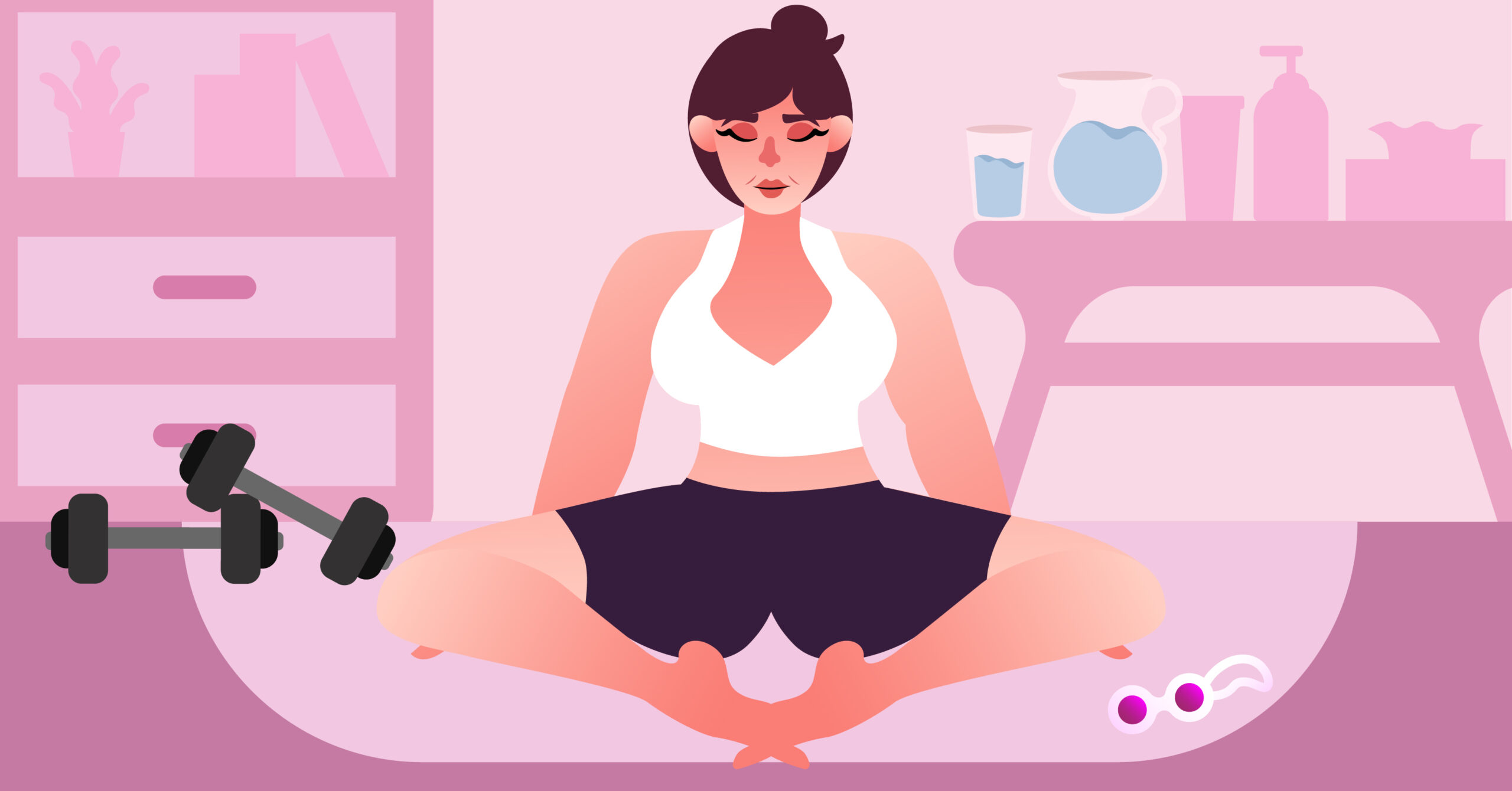
Making some lifestyle changes can relieve the symptoms of vaginal atrophy. This includes giving up smoking, avoiding scented feminine products, keeping yourself hydrated, having a well-balanced diet, exercising regularly, incorporating kegel exercises in your workouts, and staying sexually active. Changing your daily routine and health habits may not remove the condition completely, but you’ll surely feel less of the symptoms with it.
2Lubricants & Vaginal Moisturizers
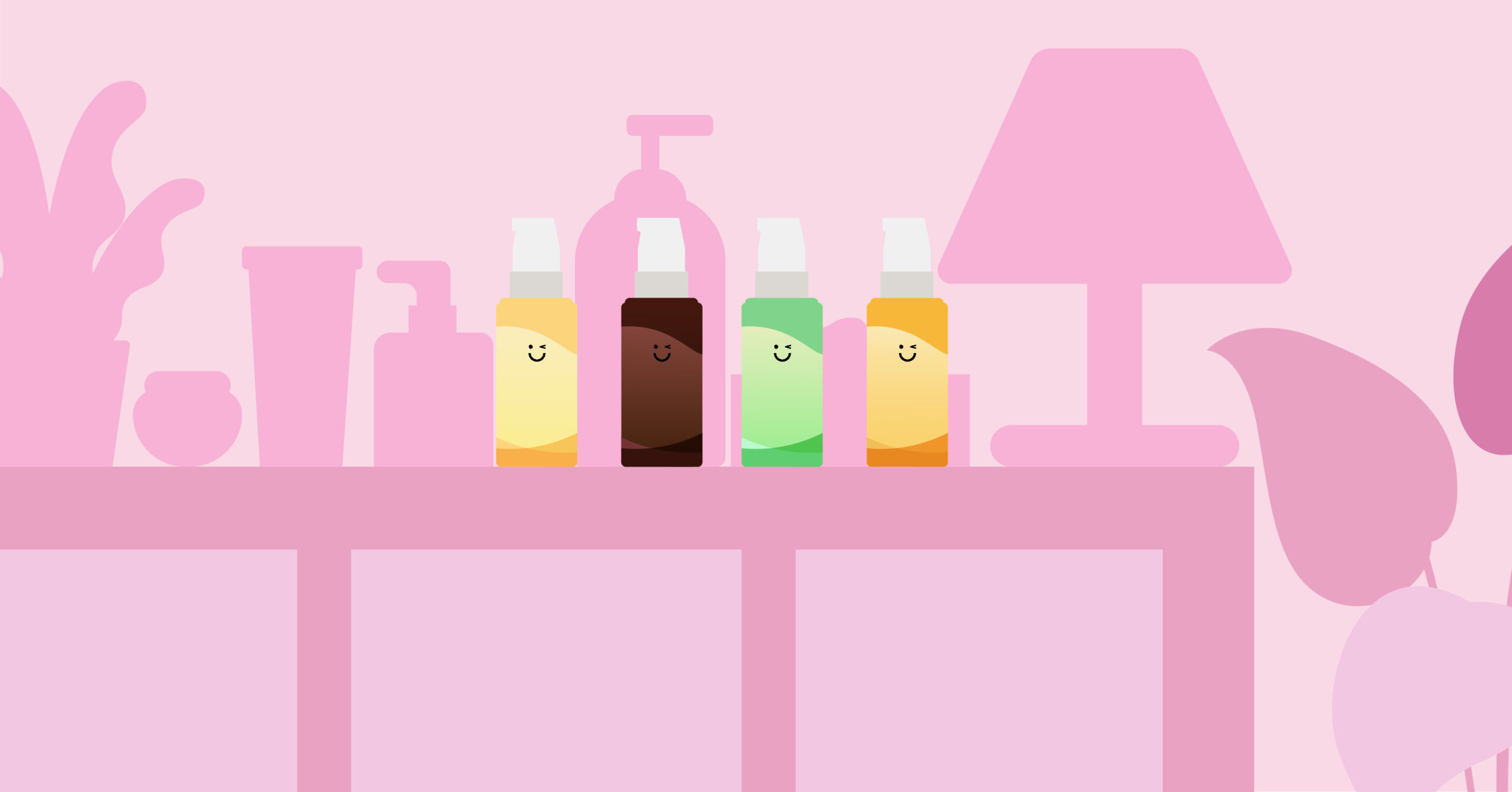
Suppose you’ve just booked an appointment or are still waiting for a schedule with your healthcare provider. In that case, you can opt for water-based lubricants, vaginal moisturizers, and vaginal hydrating gels during intercourse. These personal care products are designed to add more lubrication to your intimate area, lessening friction between the strap-on/penis and making sex less painful. You can check this product page to see some of the vaginal hydrating products in the shop.
3Vaginal Estrogen Therapy

If you’ve been diagnosed with vaginal atrophy and weren’t experiencing relief with lubricants and vaginal moisturizers, your healthcare provider may prescribe you vaginal estrogen therapy. They are designed to increase estrogen in your body, easing up the distressing symptoms. It comes in various forms such as the following:
- Vaginal Estrogen Cream – This treatment product is inserted into your vagina using an applicator.
- Estrogen Suppositories – It’s a low-dose estrogen treatment that’s inserted into the vaginal canal.
- Vaginal Estrogen Ring – It’s a soft and flexible ring inserted at the upper part of your vagina. It will release a consistent dose of estrogen for 3 months, then you would replace it with a new one afterwards. If you’re looking for a convenient treatment option, we highly recommend this one.
- Vaginal Estrogen Tablet – Using a disposable applicator, you’ll insert a tablet in your vagina.
To learn the dosage and duration of treatment, please seek guidance from your healthcare provider.
4Systemic Estrogen Therapy
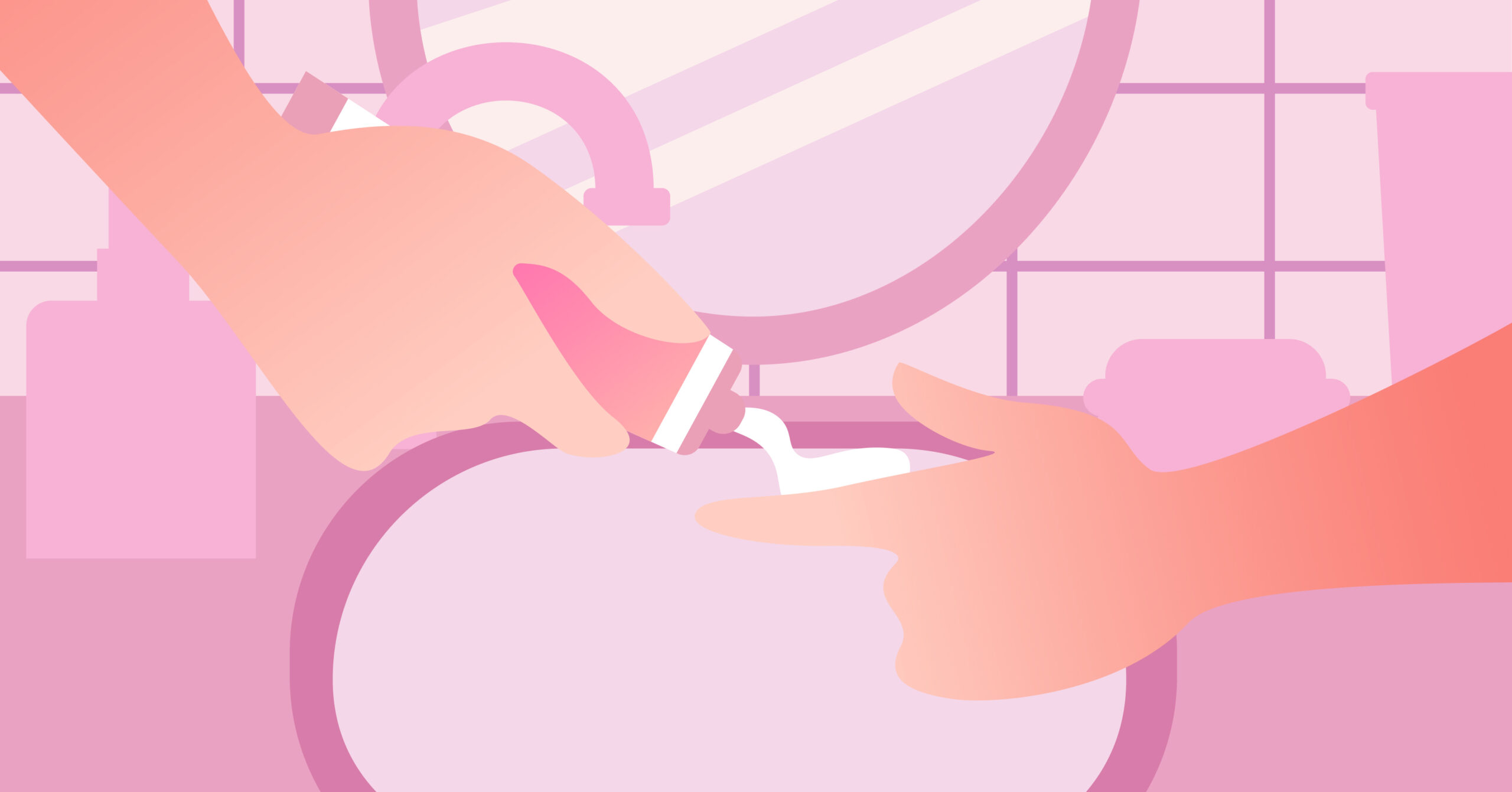
If your vaginal atrophy is associated with other symptoms of menopause, such as hot flashes or urinary incontinence, your doctor may prescribe systemic estrogen therapy. Your doctor will then recommend estrogen pills, gel, patches, or rings, all of which are in higher doses than vaginal estrogen therapy.
However, this treatment, according to several sources, is “associated with increased risk for heart disease, stroke, blood clots, breast cancer, and gallbladder disease.” This doesn’t mean that you’ll get the said diseases if you opt for this treatment; several factors come into play on this such as, age, the dosage of the treatment, timing, and modes of administration.
5Topical Lidocaine
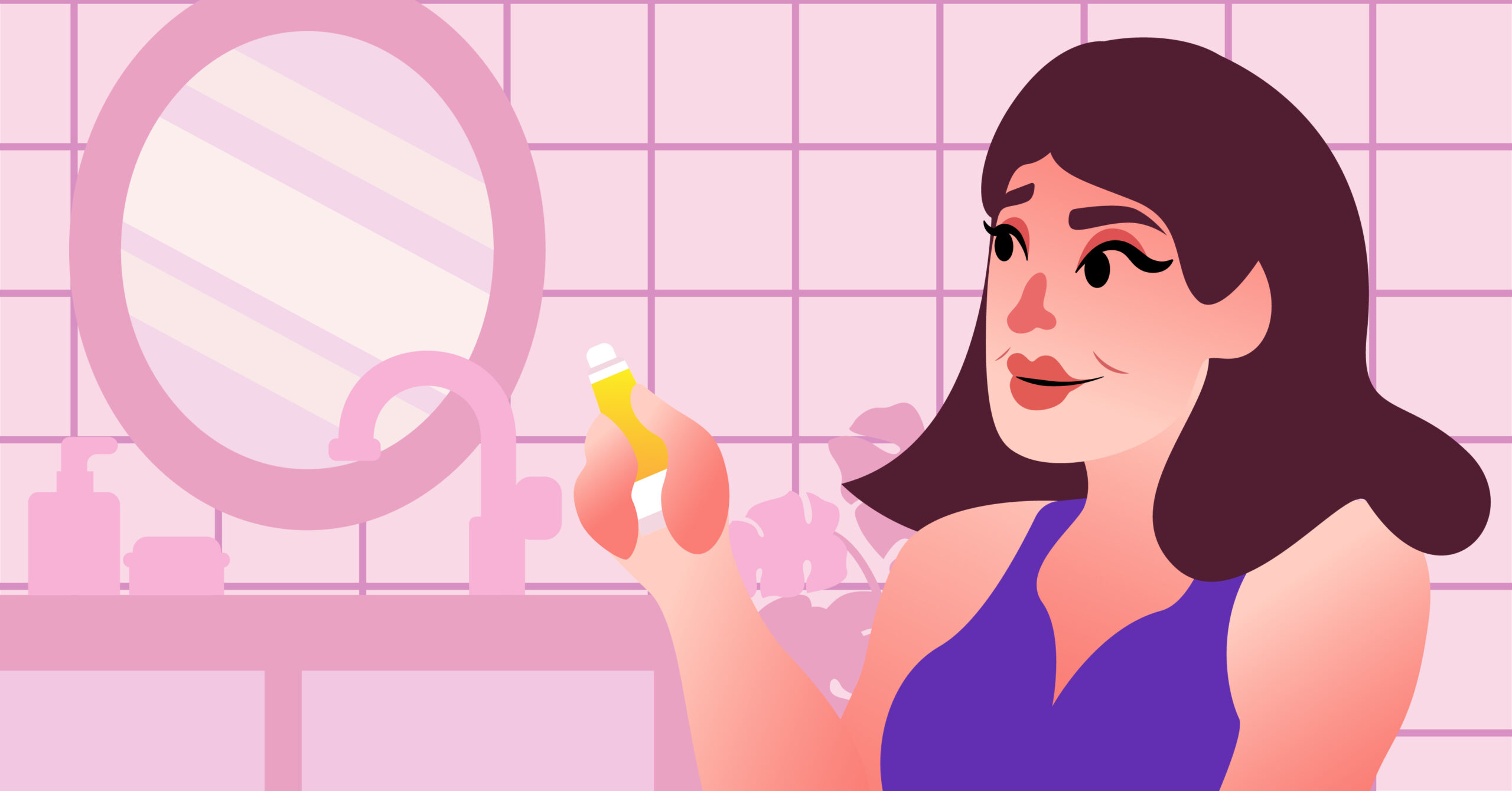
This prescription ointment or gel can be used to lessen discomfort during sex. You’ll just need to apply it 5-10 minutes before engaging in sexual activity.
6Prasterone
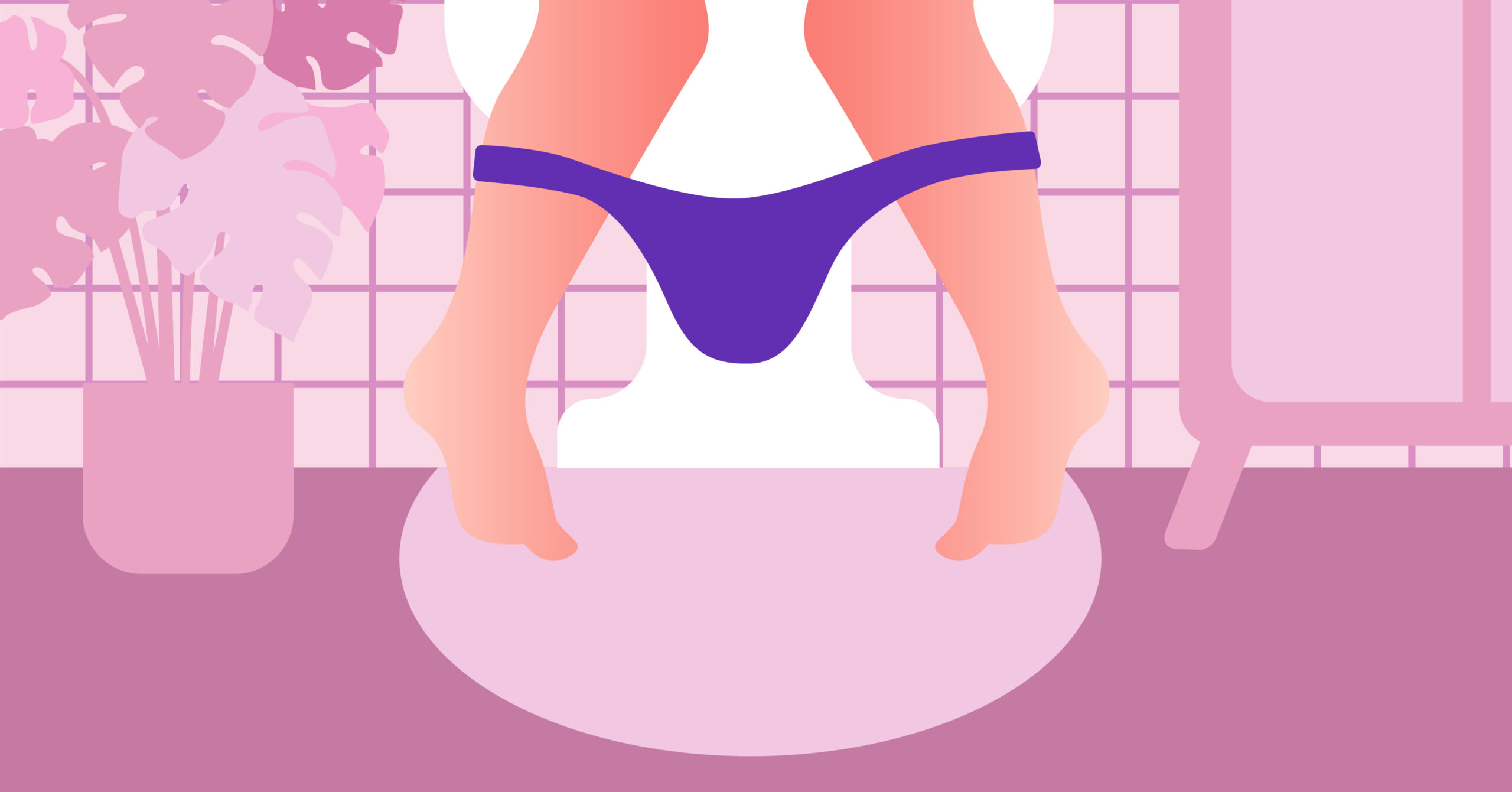
This treatment option is inserted in the vagina, delivering the hormone DHEA, which can help produce other hormones such as estrogen. It’s usually recommended for women with moderate to severe vaginal atrophy.
7Ospemifene

This pill is taken daily and is formulated to relieve painful sex symptoms in women with moderate to severe vaginal atrophy. However, women who had breast cancer or at high risk for developing breast cancer are not allowed to use this treatment option.
8Vaginal Dilators

If you’re looking for a non-hormonal treatment option, you might want to consider using a vaginal dilator. It’s a tube-shaped device that stretches out your vagina walls. They usually come in sets with varying sizes and has flared bases for easy removal.
Depending on the severity of your vaginal atrophy, your healthcare provider can recommend plastic or silicone dilators. Your doctor may also develop a program, giving your specific duration and schedule for each insertion. Like changing your lifestyle, this wouldn’t 100% remove the symptoms of your condition, but it will surely help keep the elasticity of your vagina.
9Alternative Medicines
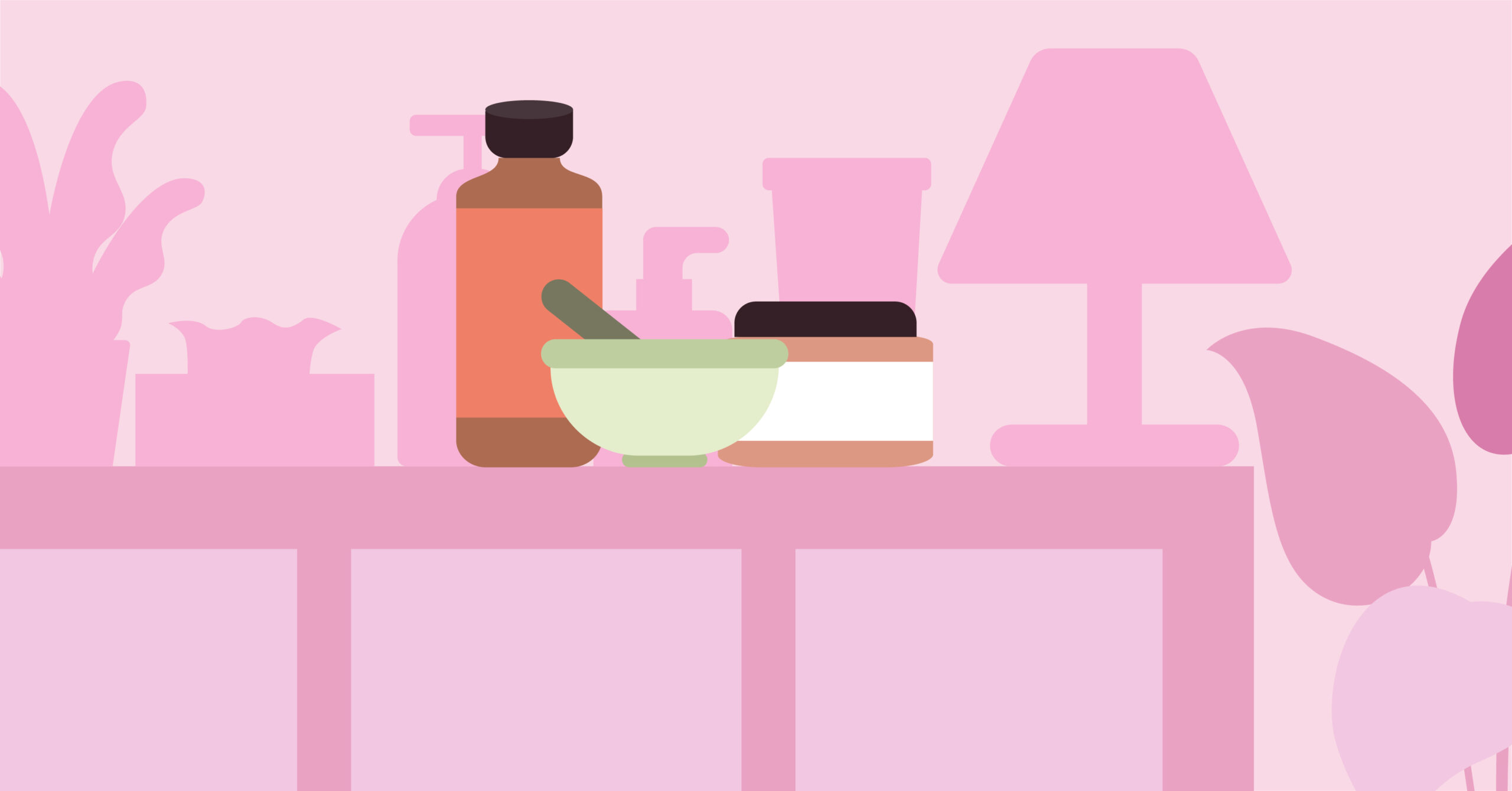
If you’re looking for other ways to ease up the vaginal atrophy symptoms that don’t use hormonal treatments and the like, you may consider checking some of the alternative meds for your condition. For example, there’s a 2014 study that discusses how sea buckthorn oil can possibly be an alternative to traditional estrogen therapy. Some resources also say that vitamin E, vitamin A, beta carotene, B vitamins, and omega-3 fatty acids can improve elasticity and tissue integrity in your vagina.
Keep in mind, though, that herbs and vitamins don’t necessarily treat this condition. So take the claims with a grain of salt and consult your doctor if ever you’ll try any of the vitamins and herbs we’ve mentioned in this section.
Frequently Asked Questions

Still looking for more information regarding vaginal atrophy? Don’t worry, as we’ve answered some of the frequently asked questions about this condition. Read on!
1Can vaginal atrophy happen at any age?
This condition usually occurs when a woman reaches menopause or in the years leading up to it. The cases of a young adult woman having vaginal atrophy are rare and usually happens if that person decides to remove their ovaries through surgery or has taken certain medications that can affect their estrogen production.
If you’re not in the perimenopause or menopause stage but already experiencing symptoms of vaginal atrophy, we highly suggest seeking help from your healthcare provider. There can be an underlying issue as to why you’re experiencing this early.
2How can I have fulfilling sexual experiences with this condition?
If you’re in a heterosexual relationship, sexual activities may become more challenging because of this condition. However, you and your partner can still have fun sexperiences with it, as long as you don’t focus on vaginal penetration during the deed. Instead, give oral to each other, have a mutual masturbation session, or get into anal play. You can also incorporate sex toys into these sensual sessions to make things easier for you and your boo.
3What’s the difference between vaginal atrophy and yeast infection?
Because both vaginal atrophy and yeast infection have symptoms of vaginal dryness and discolored discharge, some women assume that they’re the same thing. That’s not the case, though; vaginal atrophy is caused by the lack of estrogen in the body, while a yeast infection is caused by a fungal infection.
4What’s the difference between vaginal atrophy and vaginismus?
Though both vaginal atrophy and vaginismus trigger painful intercourse, they are different in terms of the condition’s origins. Vaginismus is a condition wherein the vaginal muscles involuntary contract during penetration. On the other hand, vaginal atrophy is a condition wherein the vagina is drier and more fragile, making it susceptible to pain during sex.
5Can I try vaginal steaming as an alternative treatment for this condition?
A big nope! People may say that this is a healthy and organic treatment for your vag, but that’s not necessarily the case. There’s no medical proof that this could be healthy for your intimate area. In fact, there are actually tons of studies saying that vaginal steaming is harmful to your genitals, as it washes your natural oils and disrupts your pH balance. You’ll also be more prone to infections. So nope, keep that steamy tub away from your vagina, and trust the medical professionals instead.
Takeaway
If you’re someone going through menopause or someone who’s about to go through with it, we hope that you’ve learned a lot from our guide and have helped you figure out ways to manage it. We know that it’s not easy to open up to a medical professional, but please see a doctor if you ever feel the symptoms of vaginal atrophy. Don’t wait for the complications to pop up. Getting treatment will surely not just help you have great sexplorations again, but will also improve your sexual health in the long run.
As for the people who are still in their 20s and 30s and just stumbled upon this guide, we hope that this could encourage you to change some unhealthy habits in your lifestyle— your older self will surely thank you for it! To learn more about sexual health, check this page for more guides.


